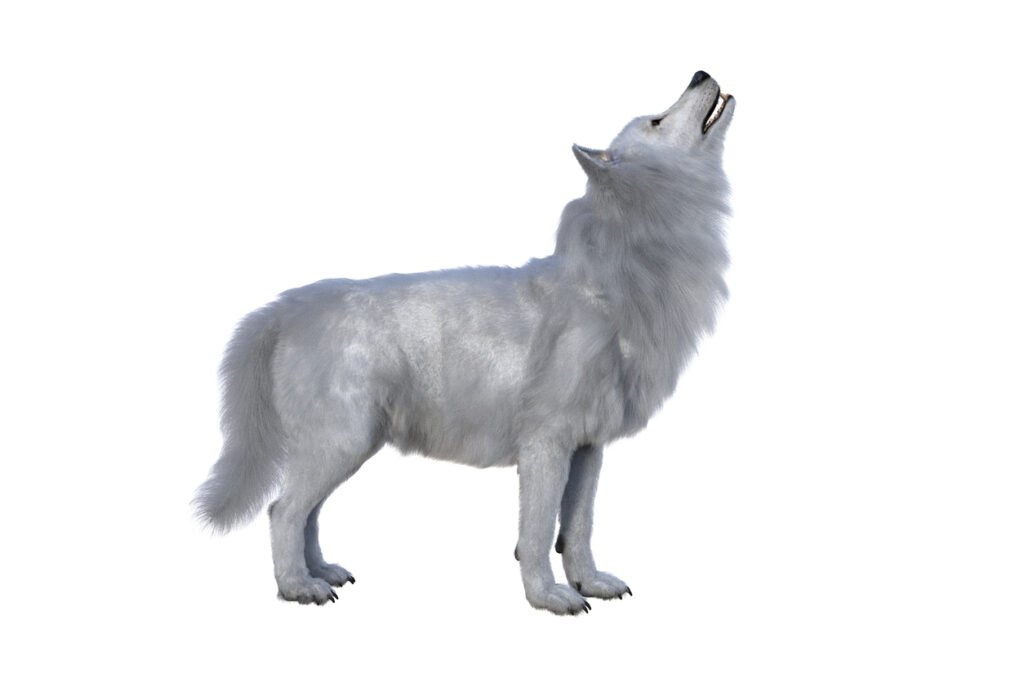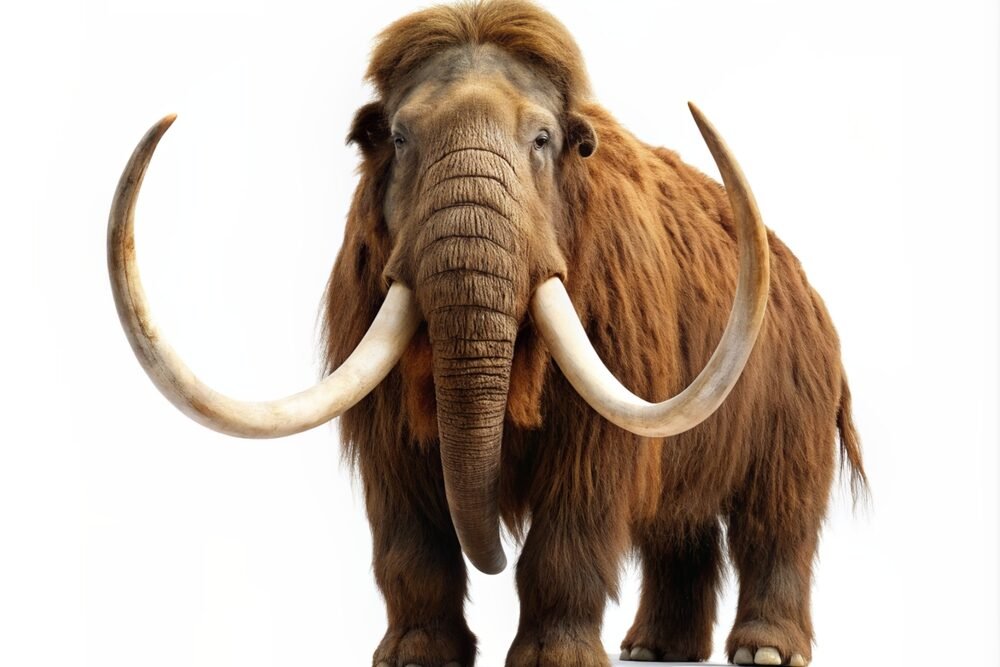A Real-Life Lazarus Moment: The Return of a Lost Species

Imagine watching an extinct animal breathe again after disappearing from Earth for decades or centuries. That moment is no longer science fiction. Scientists have officially revived a species once declared extinct, and it’s making the world do a double take. With the help of preserved DNA, gene-editing tools, and surrogate breeding, researchers were able to bring back a species many had written off forever. It’s an emotional breakthrough—part miracle, part deep scientific ambition.
But beyond the awe, it sparks a whirlwind of questions. What does it mean to bring a species back? Is it the same animal or just a biological replica? While this resurrection taps into deep ethical debates, it also signals a turning point in how we see extinction. Instead of finality, it now carries the possibility of a second chance. It’s a feat that has turned the scientific world on its head and reshaped the way we understand extinction, conservation, and even the future of evolution.
Genetic Time Travel: How DNA Opened the Door to De-Extinction
At the heart of this resurrection story is DNA, the biological instruction manual that holds the blueprint for life. Scientists extracted usable genetic material from frozen tissue samples and sequenced it to re-create the extinct animal’s genome. Using powerful tools like CRISPR, they edited the DNA of a close living relative to insert the extinct species’ genetic code, essentially bringing ancient traits back to life.
It’s like biological time travel, except the past is being engineered into the present. This isn’t just trial-and-error science—it’s the result of decades of research in evolutionary genetics and reproductive technology. What once seemed impossible is now achievable, thanks to precise genetic mapping, synthetic biology, and high-tech incubation methods. Experts see it as a leap not just for conservation, but for evolutionary science. We’re witnessing a moment where humanity has the ability to reverse nature’s course, which is as thrilling as it is deeply sobering.
Conservation or Playing God? The Ethical Minefield
The resurrection of an extinct species has lit up the scientific world, but not everyone is celebrating. The ethics of de-extinction are murky and controversial. Some experts worry that this kind of breakthrough shifts the focus away from saving endangered species right now. If people believe extinct animals can be “brought back,” they may feel less urgency to protect the ones we still have.
Others raise questions about the well-being of the animals created in labs. Will they be able to survive in today’s drastically changed ecosystems? Do they belong to the wild or to captivity? There’s also the concern of playing God—of crossing lines that nature never intended to be crossed. The science may be breathtaking, but it forces humanity to reckon with responsibility. Just because we can resurrect a species doesn’t mean we always should. The conversation is far from settled, and it’s one that future generations will likely continue to grapple with.
A Second Chance for Ecosystems on the Brink
One of the most exciting parts of species resurrection is its potential to restore ecosystems that have suffered deeply from the loss of certain animals. When a species goes extinct, it often throws entire environments out of balance. Predators, pollinators, seed dispersers—all play key roles in keeping ecosystems healthy. Reviving even one missing piece can help rebuild that complex puzzle.
For example, if a grazing animal like the woolly mammoth or a bird like the passenger pigeon could be brought back, their natural behaviors might revive plant life, control invasive species, or even help regulate the climate. While we’re still far from releasing lab-grown animals into the wild, this resurrection shows what might be possible in the years to come. It’s a hopeful glimpse at what recovery could look like—not just for one species, but for the entire natural world. In that sense, resurrection isn’t only about biology. It’s about healing the planet.
A Test Run for Resurrecting the Mammoth?

When scientists revived a species from extinction, many immediately thought of the woolly mammoth. This isn’t surprising—bringing back megafauna has long been the dream of geneticists and futurists. The recent resurrection of a smaller, less complex species is being seen as a potential test run for more ambitious efforts. With similar tools and processes, researchers hope to one day reintroduce mammoths into Arctic environments where they once thrived.
Why the mammoth? Some scientists believe their presence could help slow permafrost thawing and carbon release by flattening snow and encouraging grassland growth, potentially influencing climate change. The resurrection we’re witnessing now may be just the beginning of a broader plan to rewild certain landscapes using extinct creatures. This possibility is both awe-inspiring and controversial. It opens doors to a future where humans are no longer passive observers of evolution, but active participants with the power to bring entire species—and ecosystems—back from the dead.
Evolution Is No Longer Just Natural
For millions of years, evolution was shaped by random mutation, natural selection, and environmental pressure. But this scientific breakthrough suggests a major shift. Human beings are now able to intervene in the evolutionary process in ways nature never anticipated. By using genetic engineering to recreate species that once vanished, we’re essentially rewriting the evolutionary rulebook.
This development has sparked deep reflection among evolutionary biologists. It introduces an entirely new dimension where evolution is directed, not discovered. What once took thousands or millions of years can now happen in a lab over the course of a few decades. It’s a fascinating yet humbling realization that the same species responsible for widespread extinction is now wielding the power to reverse it. The implications for biodiversity, adaptation, and long-term survival are profound. Evolution is no longer limited to nature—it’s now something we can tweak, guide, or even restart altogether.
The Role of Surrogates in Breeding Back the Lost
Resurrecting a species isn’t as simple as inserting DNA into a test tube and waiting. One of the most critical parts of the process is finding a suitable living surrogate—an animal close enough genetically to carry and birth the lab-created embryo. In many cases, scientists turn to closely related species that are still alive, using advanced reproductive technology to implant fertilized eggs.
This step is complex and delicate. The surrogate must be able to support the embryo to term, and the newborn must be viable—not just genetically intact, but also physically healthy and behaviorally functional. Success isn’t guaranteed, and often takes several tries. Yet when it works, it creates a moment that feels almost mythical: a lost species emerging from a living relative’s body, born into a world its kind hasn’t seen in years. It’s a blend of biology and wonder that redefines what’s possible in conservation and animal science.
Could Humans Be Next in Line for De-Extinction?
The concept of de-extinction naturally sparks some unsettling curiosity: if we can bring back animals, could humans be next? It might sound like science fiction, but in the deeper corners of bioethics and synthetic biology, this question is being explored with caution and intrigue. With the rise of gene cloning, preserved DNA samples, and reproductive technologies, resurrecting ancient human species—like Neanderthals—has moved from impossible to theoretically possible.
Experts are divided. On one hand, the idea touches on groundbreaking research into human ancestry, evolution, and disease resistance. On the other hand, it dives into serious moral territory. Questions around consent, rights, and psychological development quickly emerge. For now, resurrecting humans remains speculative. But the fact that it’s even a conversation shows how much the boundaries of science have expanded. What started as an effort to restore biodiversity could eventually challenge how we define humanity itself.
The Future of Conservation Just Changed Forever

For decades, conservation has focused on saving endangered species and preserving habitats. But the resurrection of an extinct species shifts that approach entirely. It adds a futuristic option to the conservation toolkit—one that could potentially reverse decades of ecological damage. Imagine being able to revive lost pollinators, keystone predators, or rare plants to bring balance back to collapsing ecosystems.
This kind of restoration doesn’t replace traditional conservation methods, but it dramatically broadens the possibilities. Scientists caution that resurrection should never become an excuse for letting more species go extinct. Instead, it should be a last-resort effort for species we’ve already lost—while we work even harder to protect what’s left. In that light, this breakthrough isn’t just about correcting past mistakes. It’s about giving the future a fighting chance. Conservation has officially entered a new era, and the ripple effects could reach every corner of the natural world.
